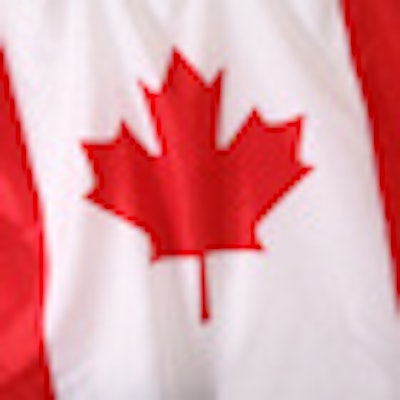
The Canadian Paediatric Society has issued a detailed position statement that is a plea for stakeholders across the country to make children's oral health a bigger priority.
The authors of the statement decry the fact that public funding for dental care has been decreasing during the last 30 years, and that 50% of families in the lower income brackets do not have dental insurance. They also note that members of the First Nations and immigrant children still are among those with the greatest barriers to adequate dental care.
“The types of changes the position statement recommends are realistic.”
In the statement, the top priorities for policy development include ensuring leadership in pediatric oral health policy development at the provincial, territorial, and federal levels; ensuring provision of dental services meets the same criteria as medical services in Canada, including being universal, accessible, and comprehensive; and setting up systems to compile and maintain current information on the dental health status of children and youth across the country.
"The overall goal of this position statement is to make oral health for Canadian children a priority, including calling on provinces and territories to work with their respective dental associations, policymakers, and leaders to develop an oral health strategy that will ensure all children have access to dental care," the statement's principal author, Anne Rowan-Legg, MD, a member of the Canadian Paediatric Society's Community Paediatrics Committee, told DrBicuspid.com.
Like Canadian medical care, dental care in Canada falls under provincial or territorial jurisdiction. However, there are significant disparities from one region to another, and the existing programs tend to focus on treatment rather than preventive care.
Only 6% of spending on dental care in Canada is from various levels of government, and 32% of Canadians do not have any dental insurance, noted Dr. Rowan-Legg and her co-authors. In addition, children from low-income and immigrant families, First Nations children, and children with special healthcare needs have the highest rates of dental disease, including early childhood caries, and also very limited access, if any, to dental care.
The recommendations in the position statement include the following:
- Ensuring that children from every region and socioeconomic group have equal access to basic treatment and preventive oral care
- Ensuring every child has a dental home by age 1
- Supporting the Canadian Dental Association's and Canadian Paediatric Association's recommendations for universal fluoride supplementation in water
- Developing a surveillance system to collect important data and highlight the state of the country's children's oral health on an ongoing basis
- Placing a priority on research that focuses on evidence-based, pediatric dental practices and the long-term effects of social factors on oral health
One of the country's leaders in studying and pushing for change in dental care, Carlos Quiñonez, DMD, PhD, praised the effort.
"To have one of Canada's leading health professional organizations make such a statement helps those of us in the policy and advocacy community in our efforts to see oral healthcare become more integrated into Canada's national system of health insurance," Dr. Quiñonez, an assistant professor of dental public health at the University of Toronto, told DrBicuspid.com. "The types of changes the position statement recommends are realistic, and they can occur with relative ease under existing budgets and processes. So in my opinion it is a great step in the right direction."



















